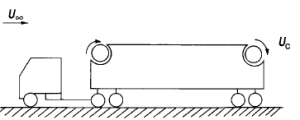Boundary layer flow control in the aeronautical world mainly serves for delaying transition and controlling separation. In the motorsport world dealing with major bluff bodies, transition and separation happens all the time, so that the purpose of flow control varies. However, many techniques manipulating fluid flow have shared the same essence. This post will introduce some basic boundary layer control techniques used in the aeronautical world and how these ideas have migrated and developed to serve different goals in motorsport.
For people new to boundary layer, have a quick look here. Basically boundary layer separates when flow gets ‘tired’ so that by finding a way to re-energise the boundary layer, flow can possibly stay attached.
Vortex Generators
VGs are known as the first fix for flow separation in aerospace applications. The idea is to redistribute momentum by bringing high momentum flow outside the boundary layer to the inside. For this purpose, VGs are typically of the height of the local boundary layer and placed about 20 times local boundary layer height ahead of the separation point. The boundary layer scale VGs are used in the automotive applications as well to prevent flow separation.
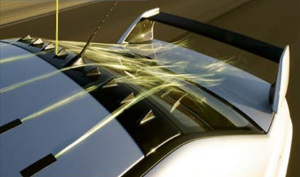
However other than the traditional boundary layer VG, large scale VGs can often be seen on racing cars. These VGs interact with the mean flow, instead of the viscous boundary layer. They can be used to generate vortex suction (add downforce) and help turning/guiding the flow. Various devices, such as barge boards, turning vanes, front wing strake, etc., can be possibly generalised into large VG category (writer’s point of view).
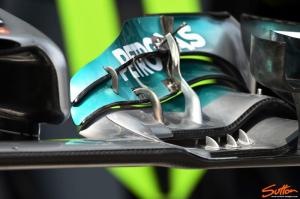
Blowing/Suction
Blowing aims to inject high energy air into the boundary layer while suction aims to remove the tired boundary layer. Blowing and suction are not widely used because of the power requirement and weight penalties. Suction can also suffer from the dirt in the air blocking the porous areas. However, both ideas can work efficiently with careful design of the blowing/suction slot.
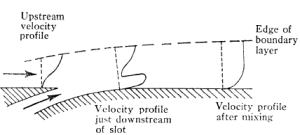
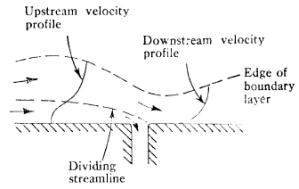
Blowing and suction on race cars can be a different story. Blowing was known as a way to deliberately stall the wing in order to reduce drag on straights. Instead of blowing the air tangentially, air is blown out in different directions to the surface in order to upset the main flow. Famous examples include the McLaren F-duct and Lotus drag reduction device.
The Red Bull S duct is an interesting demonstration of blowing and suction, where flow is scooped under the nose and channeled to the top of the chassis. This would probably help remove some thick boundary layer under the nose and aid flow attachment on the chassis.
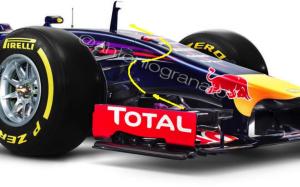
Moving Surface
Moving surface looks like one of the most extreme ways to manage boundary layer flow. It basically eliminates or alleviates the non-slip condition by reducing the relative motion between the surface and the flow. It could have practical use on large square shaped vehicles to prevent separation, as shown in the figure below. The moving ground wind tunnel that teams use to test their cars is a good example of using the moving surface to eliminate boundary layer. However its use on race cars may be a bit unpractical due to the high rotational speed required for the surface.
